

Meet Adam Ewing
I was born and raised in Richmond, Virginia. I went to college at Virginia Commonwealth University, and ultimately ended up settling in Richmond with my wife who I met when we were 19. In the past, I had a wide range of jobs from working on a horse farm to being a bike messenger, risking my life on a daily basis weaving in and out of traffic. Over the years, I have traveled a considerable amount for work, but always find myself coming back to RIC as I love it. I have primarily been an advertising and editorial photographer for the last 11 years and plan to keep doing it until it’s not fun anymore. I have a studio downtown, but am just as comfortable working wherever our jobs take us. I specialize in portraiture, but also do a considerable amount of action photography, some men’s fashion and still life photography.

Adam, diving right into what I call the million dollar question, why photography? What launched your passion?
All through grade school, I realized art classes were my favorite. Some of those teachers were major influences on me and ultimately helped me realize my passion and chosen career path- whether they realized it or not. When it was time to make decisions about college, I wanted to go to art school at Virginia Commonwealth University. I started out as an illustration major but soon realized that I wasn’t quite ready to be back in school, so I decided to take some time off from college to regroup. I ended up working on my then, future mother in law’s horse farm, but realized again that it wasn’t the career path for me. That’s when I decided to back to school. At that time, VCU didn’t have a photography program, so they kind of let me set my own course load. Although I ended up graduating with a degree in Communication Arts and Design, it was really concentrated on photography. These were the days of film, and I remember losing all track of time in the color darkroom. I saved as much money as I could and got my first medium format camera, a Mamiya 645pro. After school, I started assisting local guys and ended up being pretty good at it. From there, I assisted a number of great photographers for close to 10 years. During that time, digital photography came about. I was a proficient film shooter, but was always really interested in computers, etc, so it was a natural switch for me. I did a lot of jobs as a second shooter for guys I worked with, but in 2006 decided to go out on my own. I sort of lucked out – going from being primarily an editorial shooter, to doing more advertising work and finally landing some bigger clients.

There is a unique look to your images. What’s the inspiration behind your body of work?
My first love is portraiture, although I am also known for some motorcycle photography. I think my illustration background has influenced my style, although a lot of client work is toned down for their needs. I shoot a lot of real people in my work. I always try to keep things fairly simple; often using just one light for my portraits. I find that that makes people feel a little more at ease and it can be more about the connection between us. When I was assisting, I spent a of time looking at the work of other photographers, and got a lot of inspiration from them.
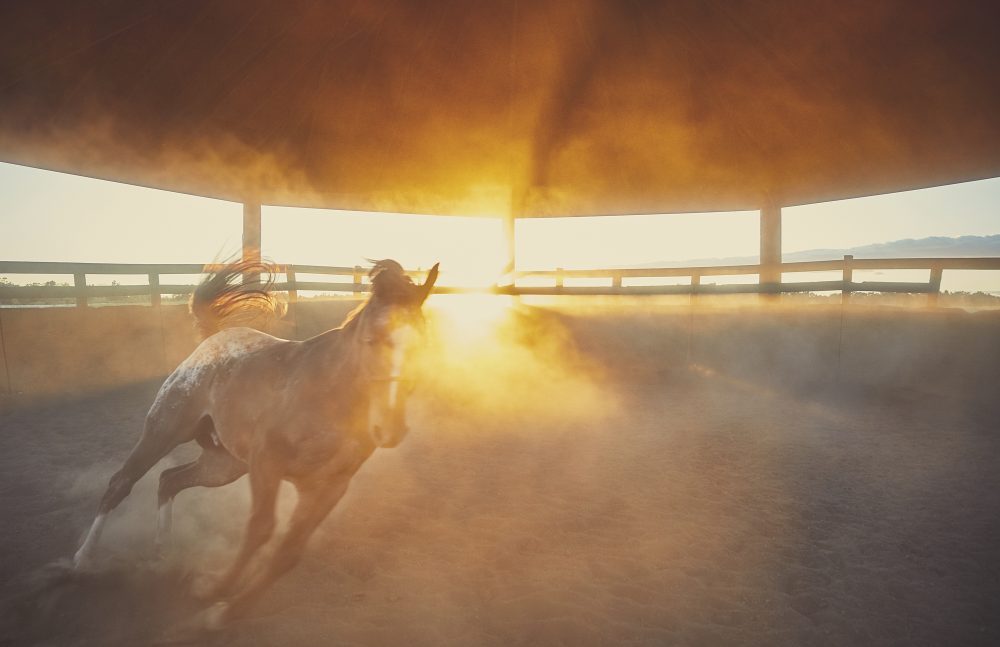 I heard that you previously shot with a Canon…What encouraged you to make the switch to PhaseOne?
I heard that you previously shot with a Canon…What encouraged you to make the switch to PhaseOne?
I have shot with Canon since the beginning of my career. I have always been sort of a gear junky, and I own a fair amount of Canon gear. In the Fall of last year I decided to get a PhaseOne IQ 350. Currently I’m still using a Canon 5ds for some jobs, but definitely prefer the PhaseOne for most work now. I think the main thing I liked about PhaseOne was the quality of the lenses. I also missed the days of film photography, and the things that we could do with those cameras that aren’t possible with the digital 35mm bodies of today. I missed the leaf shutters, and the abilities it lets me have. The latitude of the file is amazing, and of course the integration with CaptureOne has been incredible, too. I still use the Canon for some things I think it is more suited for, but having the Phase has allowed me to slow down and really concentrate on the imagery that I want to achieve.
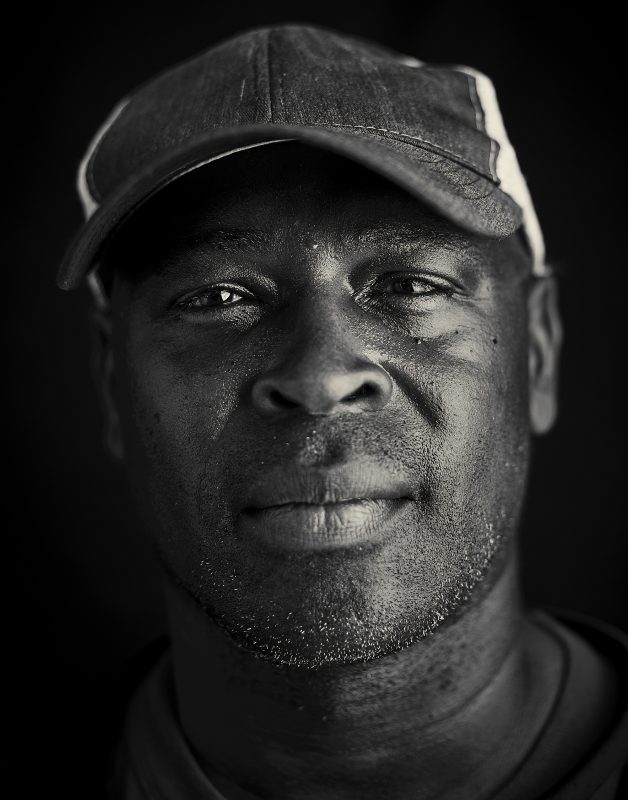
What do you enjoy photographing outside of your work related projects?
For the last couple of months I’ve worked on an editorial project about motorcyclists in Virginia. It involved mostly portraits of riders, with some riding shots mixed in. The article went to press last month, but I’ve made lasting connections from it, and I’ve turned it into a long term personal project that I hope to work on when I have free time. Last fall we worked on another editorial project about a Virginia based equestrian group, Los Amazones del Dorado. I was originally assigned by the magazine to photograph them riding, but when we got there, the group was so welcoming and visually inspiring that we ended up doing maybe 25 portraits of the women in the group and I plan to go back this fall to photograph the men. Besides photography, I mess around a lot with Cimema 4d, a 3D application. I spend a whole lot of time doing projects with that as well.

Out of the wide variety of lenses on the market, what’s your favorite one to use?
My go to lens has always been the Canon EF 85mm f/1.2L II USM when I am shooting with the Canon. I really like the Zeiss Otus lenses, too. Right now I’m using the Schneider Kreuznach 80mm LS f/2.8 on the PhaseOne XF body most of the time. I have a Schneider Kreuznach 110mm LS f/2.8 also, but the 80mm seems to be the one I use mostly these days. I plan on buying the Schneider Kreuznach 150mm LS f/2.8 IF next. I have a feeling it will quickly become a favorite.
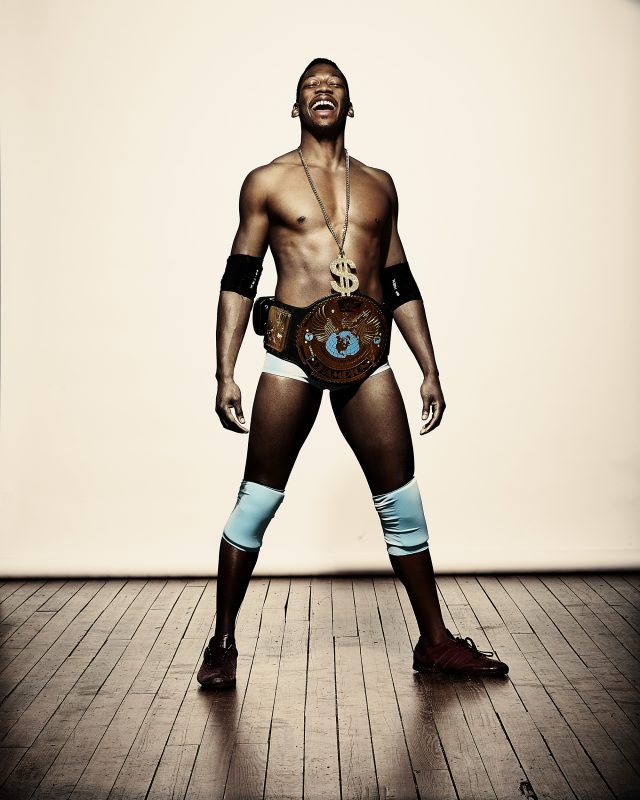
Lighting plays a major role in telling the story of your image. What are your favorite lighting techniques to tell your story?
I like to keep things simple. My favorite light of all time is the Elinchrom Octabank. The way it wraps light is untouched and I own two of them. Last year I got a Broncolor Parabolic 177 for the studio, and it’s quickly becoming a favorite. We also have a modified Elinchrom deep dish rotalux and I use the classic softlighter, that we use a lot for editorial stuff when we just don’t have room for the bigger lights. When I was assisting, I developed a love for a broncolor hazylight. I was able able to find one used years ago, and we have modified that to work with elinchrom power packs.
 In which ways do you see your work evolving in the next 5 – 10 years from now?
In which ways do you see your work evolving in the next 5 – 10 years from now?
We are always looking to develop new relationships with agencies that will evolve into longterm projects. While I love to work on big productions, I also find it very gratifying to work on editorial projects that allow me to live someone’s life for the day. The things we have experienced on these jobs are unforgettable and I feel lucky to be able to make a living in this career. A good day on one these shoots never feels like work.
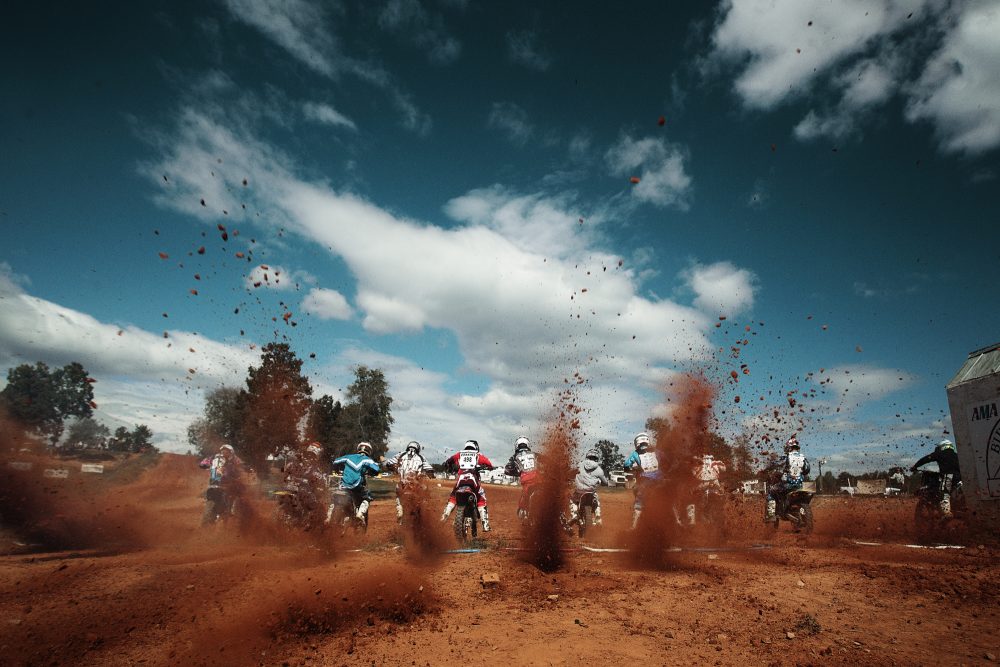
If you could have given yourself any advice when you first launched your career in photography, what would it be?
Keep it simple and be adaptable. Our business is constantly changing with technology and more competition as digital is making things more accessible to more and more people. If I were starting today, I would still follow the path of assisting. Assisting the guys I did has proved invaluable in what I learned both technically and in business. Keep working hard, hard work always will bring success.
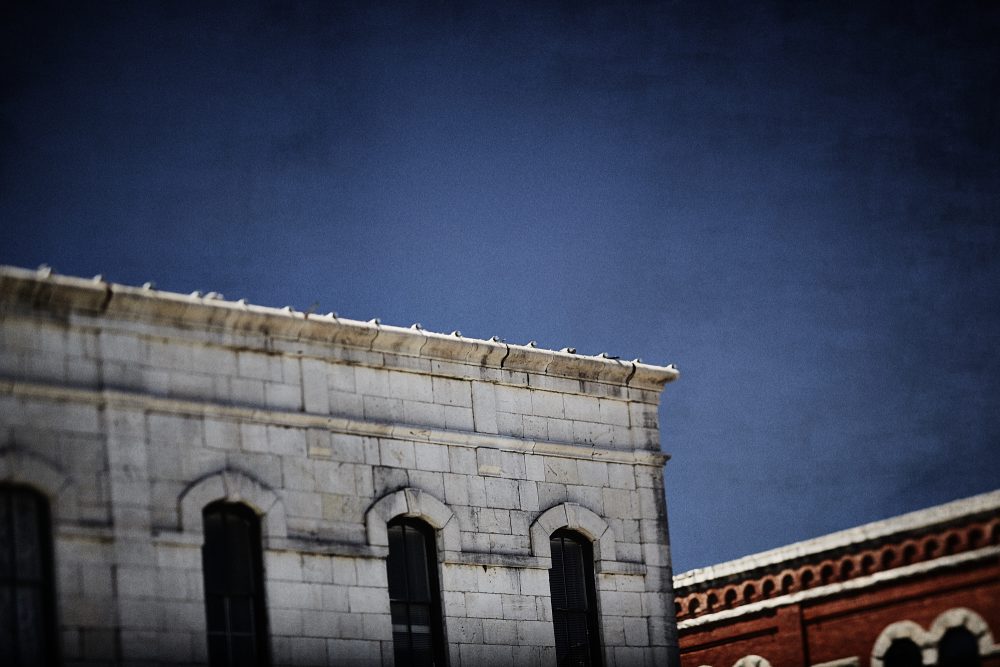
Why Capture Integration? What made you select us as a partner?
My old studio mate was using Capture Integration as his camera vendor, and turned me onto them. Being able to call Chris Snipes and talk to him personally about what would work best for what we need has been invaluable to me. Always great customer service.
Connect With Adam
Website: www.adamewing.com
Instagram: @adamewing